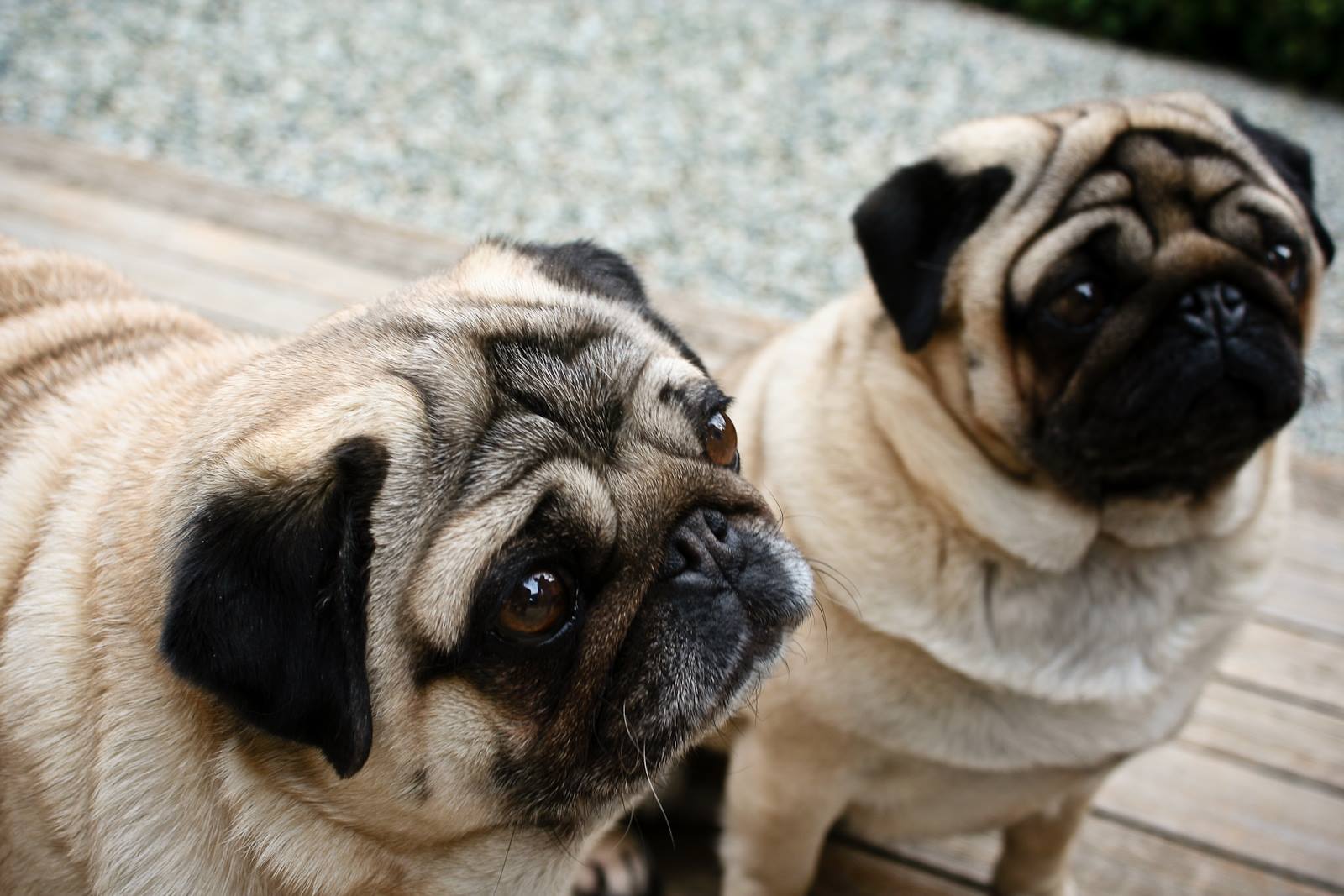DIET and Pugs
Some dogs suffer from Intestinal and stomach issues. This can range from vomiting, diarrhea, and acid reflex to name a few. Choosing a diet that is moderate in protein, fat and carbohydrates is the best approach.
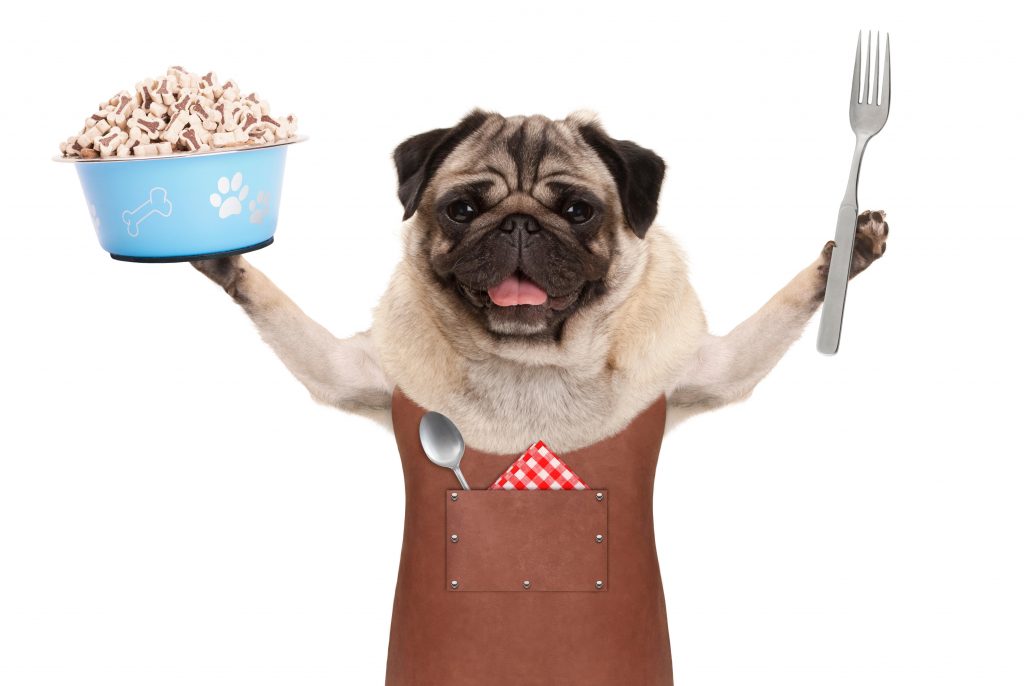
Inflammatory bowel disease (IBD) is a syndrome rather than a disease. The syndrome is caused by a specific reaction to chronic irritation of the intestinal tract. Most dogs with IBD have a history of recurrent or chronic vomiting or diarrhea and may have a poor appetite. (Excerpt taken from VCAhospitals.com)
Pugs can gain weight easily so a strict diet and daily exercise will help keep your pug healthy. Choosing a food can be a daunting task. Knowing how to read a food label is arming yourself with the knowledge to choose what is best suited for the Pug breed and for the individual needs of your Pug.
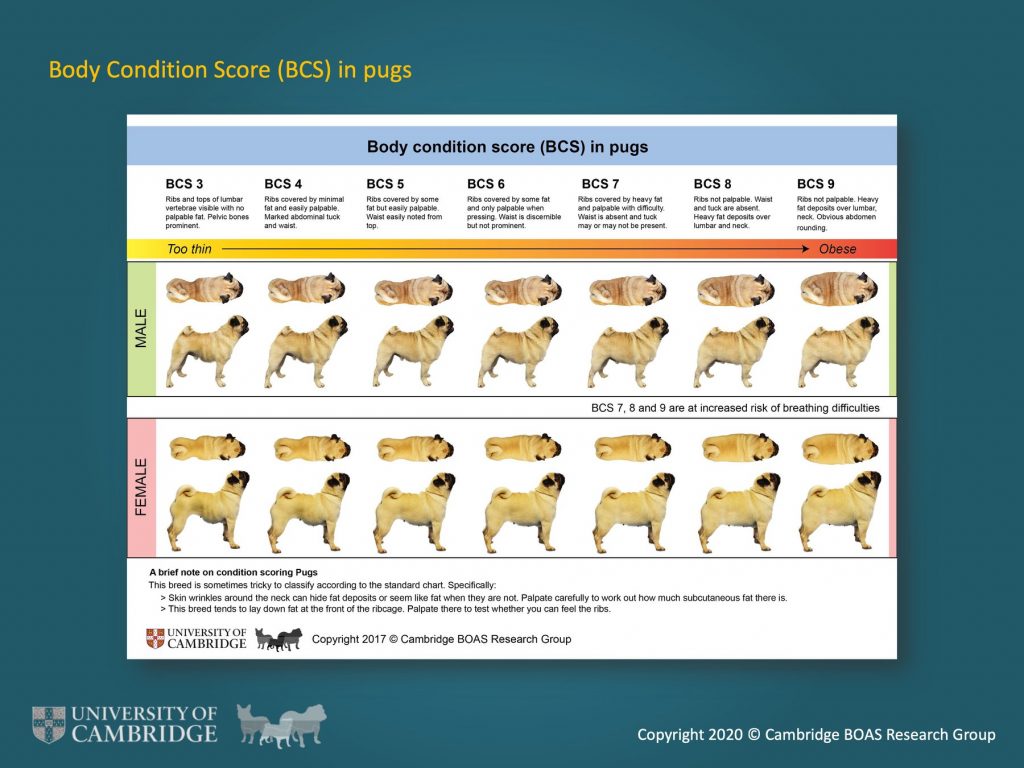
The other products to consider having on hand for your pug and when considering a quality diet, is a good probiotic. Probiotics are added to most premium dry foods and/ or can be purchased from your veterinarian. Some probiotics come in a powdered form or a paste that you just add to your Pug’s food. There some foods we eat that are safe for Pugs, in moderation, and are good products to help the gastrointestinal tract. i.e. plain yogurt contains natural bacteria and pumpkin is high in dietary fiber!
Diet allergies can be from a single ingredient or the way the food is made i.e. some dogs do better on dry kibble while others thrive on a raw diet.
Please always address any concerns your Pug maybe experiencing with a licensed veterinarian sooner then later!
Supporting a Pug’s Immune System
1. Super Foods
Antioxidants support healthy immunity and there are foods that your Pug can eat safely in moderation. These foods can also be used as great training treats.



2. Pet Husbandry & Wellness
Keeping your Pug’s living area clean is very important to a healthy immunity. Wash bedding, food/ water bowls and always change their water frequently. Toys should be washed in the washing machine and adding a little Borax or clothing bleach will insure items are disinfected. Make sure all of the above items being cleaned have a chance to thoroughly dry before allowing your Pug to use them. Moist areas can breed bacteria.
Regular veterinary visits are very important to catch anything that may be occurring with your Pug. By doing the yearly wellness checkup your veterinarian is able to monitor their health and well being.
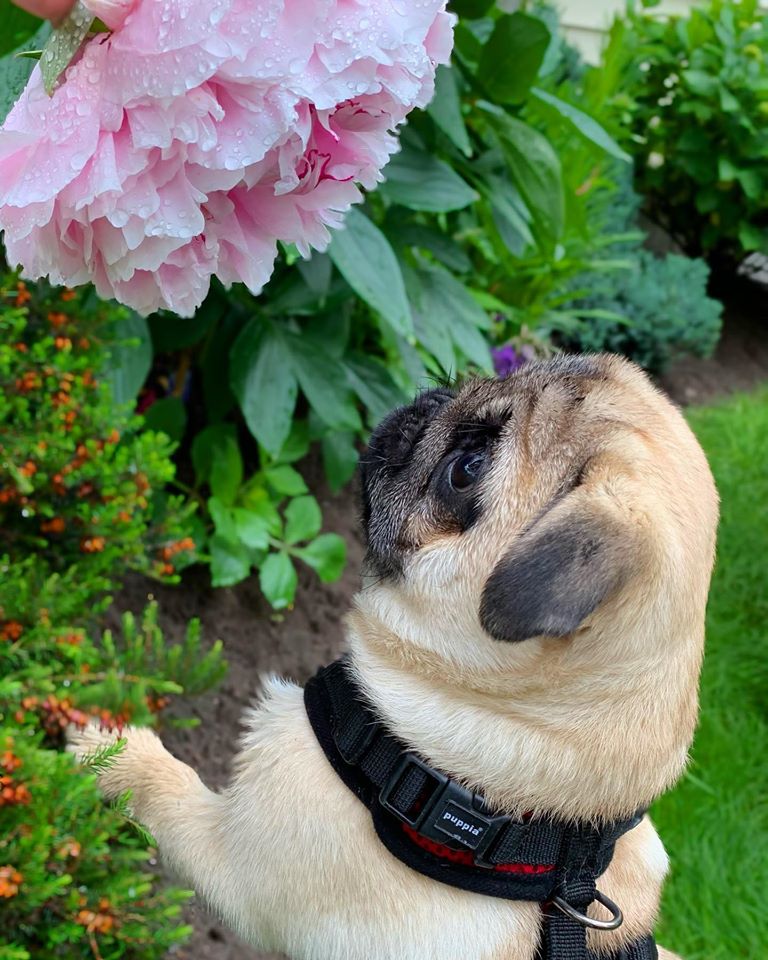
“Stress is a huge factor to the well being of your Pug.”
Oswald
Plenty of outdoor exercise, healthy diet and TONS of love/ interaction is a great way to keep the body and mind of your Pug sound. Make sure you know what your Pug is getting into while on walks or allowing them to run off-leash always supervised. Just like humans, negative interactions and experiences can negatively impede on the immune system. Routines help to keep a Pug calm as they know what their day will be filled with. New adventures are great for stimulating their mind, but always make a Pug’s life filled with positive outcomes.
Please always address any concerns your Pug maybe experiencing with a licensed veterinarian sooner then later!
3. The Social Life of Your Pug
We all have a social life whether busy or just being at home. Your Pug also has a social life and that starts with you, their owner. Pugs love to be the center of your attention. Even a few quick tricks throughout the day is a great way to keep the mind of your Pug stimulated.
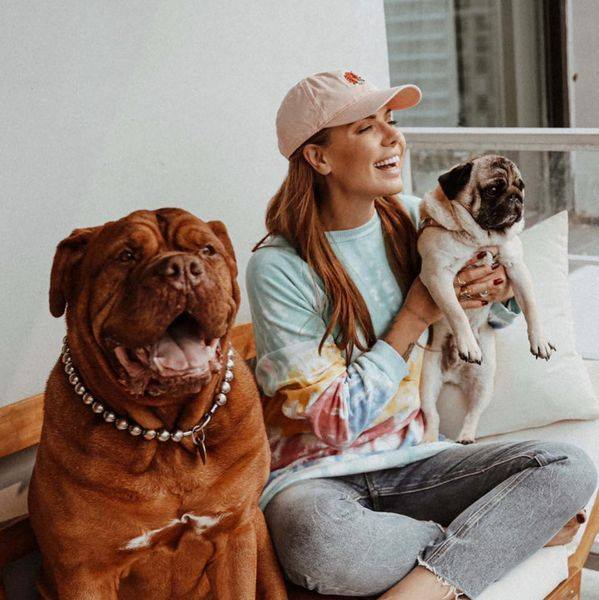
“Positive reinforcement strengthens the bond”
Peral the Pug & Piper the Bordeaux
Other doggie friends are a great way to keep your Pug healthy. Spending time interacting, exercising, and playing with other dogs and people helps to reduce anxiety and boosts the immunity. Socialization should start as soon as you get your new Pug. If it is a puppy and once they are fully vaccinated, Puppy Kindergarten is a great way to introduce him/her to other dogs in a controlled safe setting. An adult Pug could greatly benefit to some basic obedience lessons. If your Pug is not comfortable around other dogs… THAT IS OKAY! Do things with your Pug that you know they enjoy. Not all Pugs like the same things. Engaging your Pug on a regular basis is what counts and increases your bond. Always end a training session with praise and/ or a treat!
Yummy Treats for On-The-Go Training
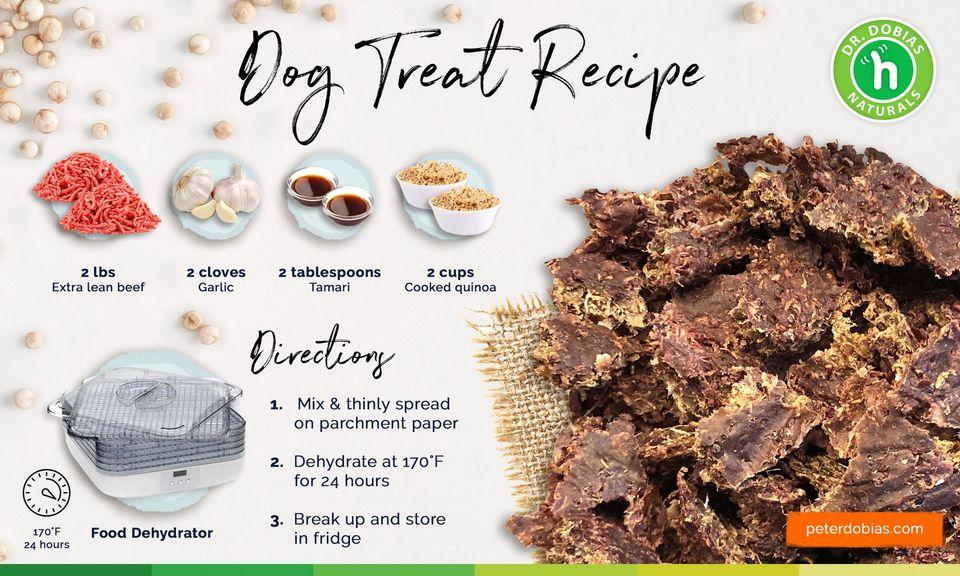
Home cooking for your dog!
Kibble Toppers
A homemade kibble topper is just that a small amount of home cooked food to dress up the regular kibble you are feeding your Pug. Never mix kibble with a raw diet as the digestion rate between the diets is vastly different after your Pug has digested it. Cooked added to a dry kibble food will digest at a similar rate as both are processed, kibble being construed/ baked and home cooked food can also being either baked or cooked in the slow cooker.
No matter the diet, it must be BALANCED!!! Raw, cooked or kibble must contain a protein, fiber, and carbohydrate source. “Puppies require about 25-percent protein in their meals, while 18 percent is sufficient for adults. However, protein needs change according to your dog’s age and vary according to breed, so check with your vet regarding the right amount for your dog.” Below are some sample recipes to get you started.
Sample vet-approved recipes
For a 15-pound dog, mix:
• 3 ounces of a cooked protein source (dark chicken, turkey, lamb, pork, beef, or eggs)
• 1 1/3 cups of cooked carbohydrates (rice, sweet potato, barley, peas, corn, or oatmeal)
• 1 tablespoon of vegetables, cooked or uncooked (carrots, bell peppers, green beans, baby spinach, squash, or broccoli)
• 1 to 2 teaspoons of a fat source such as vegetable oil.
For a 30-pound dog, use:
• 4.5 ounces of the cooked protein source (dark chicken, turkey, lamb, pork, beef, or eggs),
• 2 cups of cooked carbohydrates (rice, sweet potato, barley, peas, corn, or oatmeal)
• 1.5 tablespoons of vegetables (carrots, bell peppers, green beans, baby spinach, squash, or broccoli)
• 2-to-3 teaspoons of a fat source such as vegetable oil
For a 60 pound dog, use:
• 8 ounces of the cooked protein source (dark chicken, turkey, lamb, pork, beef, or eggs)
• 3.5 cups of cooked carbohydrates (rice, sweet potato, barley, peas, corn, or oatmeal)
• 3 tablespoons of vegetables
• 3-to-5 teaspoons of a fat source such as vegetable oil
Recipes above are from the Massachusetts’ MSCPA-Angell Animal Medical Center
Ask your vet
“If your dog suffers from medical issues, you might need to adjust certain veterinary-endorsed diets. Ask your own vet about your dog’s specific nutritional needs as well as for a recommendation for a certified veterinary nutritionist. The three of you can find a homemade diet that meets your pup’s dietary requirements. Whether your dog has specific medical problems or not, you should always tell your vet that your dog eats a homemade diet. You should also add veterinarian-recommended supplements to the homemade diet’s basic components.”
Homemade raw food diets = mixed opinions
The raw food diet has gained popularity and is also known as the Biologically Appropriate Raw Food, or BARF, diet. The concept was developed by an Australian veterinarian, Dr. Ian Billinghurst. BARF’s philosophy states that “the diet a dog evolved to eat over many millions of years of evolution is the best way to feed it.” This philosophy can also be used when deciding what protein, vegetables and grains could be used in your Pugs diet whether it be kibble, raw, or cooked.
Just For Fun
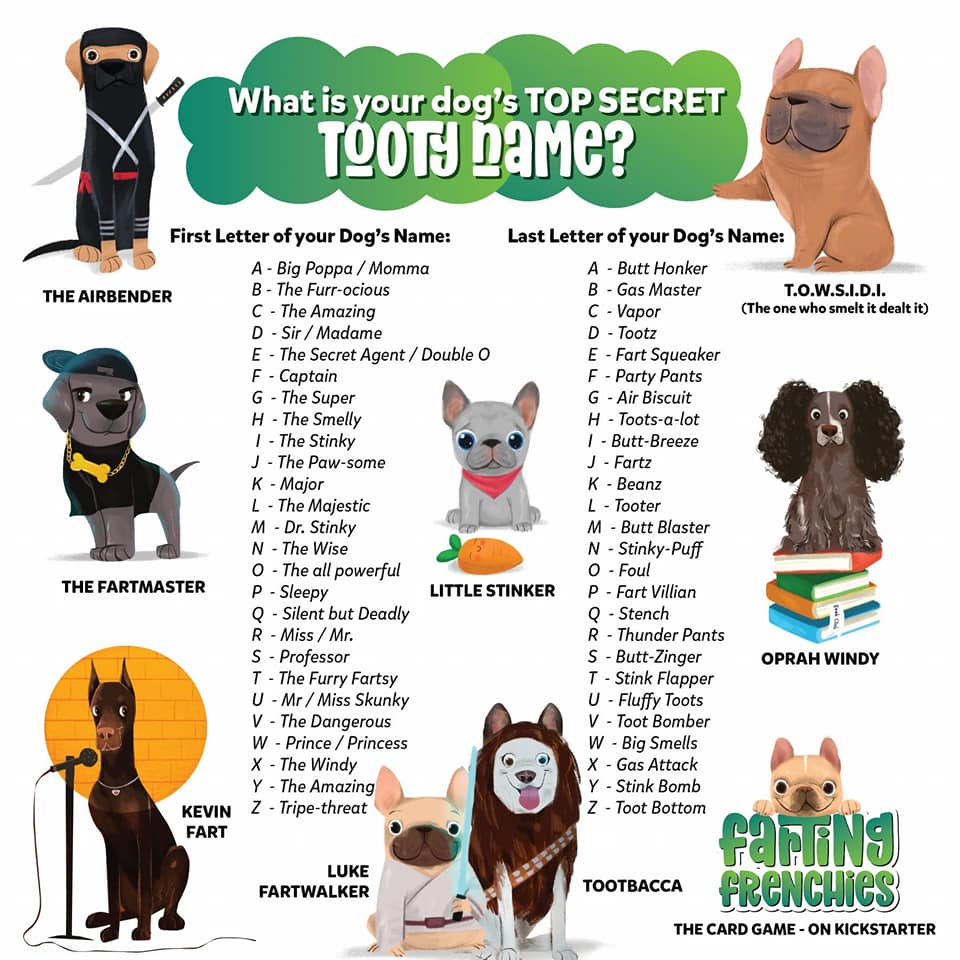
Old Dog… Living and caring for a veteran Pug
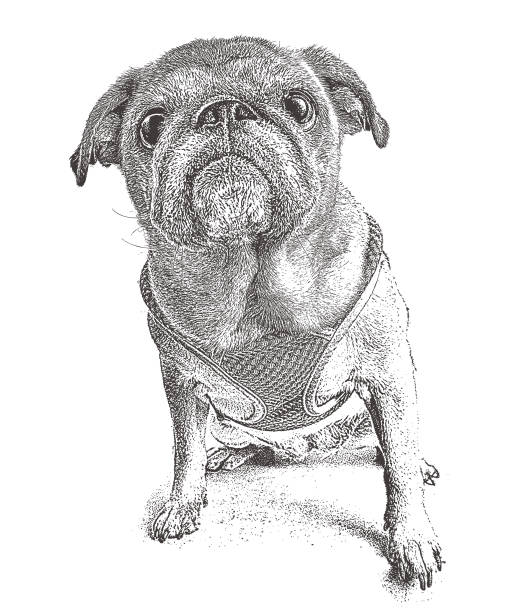
Pugs as they age not unlike people, need accommodations not only in their diet but in there environment. This wonderful short film by Ann Marie Fleming, “Old Dog” is a poignant perspective of how a dog may struggle with it’s surroundings as physical and mental limitations increase. Senior dogs need special loving care!
Bubbles & Suds
Bathing your pug is another great way of monitoring their health and well-being. I use it as a time to go over my pug’s skin, coat, ears, eyes and nails etc. Selecting the right shampoo can be a daunting task and deciding if you should use a conditioner or other products can be overwhelming.
Make sure you have all the items you need close at hand;
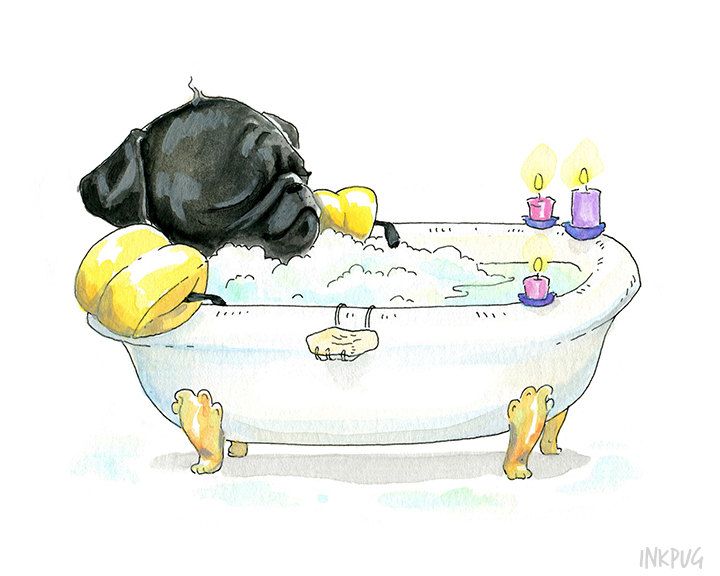
1.Shampoo
2.Conditioner leave-in/rinsing required
3.Eye lubrication
4.Styptic powder
5.Towels
6.Nail clippers or dremel
7.Cool/warm hair dryer (not hot)
8.Ear cleanser
9.Wet non-perfumed wipes
First start with applying an eye lubricant into the eyes to protect them from shampoo getting into the eye and irritating it. Then clipping their nails, this may take two people, one to hold and the other to clip or grind the nails using a dremel. Always have Styptic Powder on hand if you do cut the nail quick. This also helps to clot the bleeding and provides an antiseptic to the quick of the nail. Never use hot water to bath your pug. Make sure the water is warm to tepid temperature. Wetting the coat thoroughly is important if your pug has a double coat and making sure to get a good lather on the coat with the shampoo. Massage the shampoo into the coat and skin. Massaging the muscles during this time helps to increase the blood circulation which carries fresh oxygenated blood to the bodies tissues, skin and muscles. Always make sure to fully rinse the coat free of soap suds.
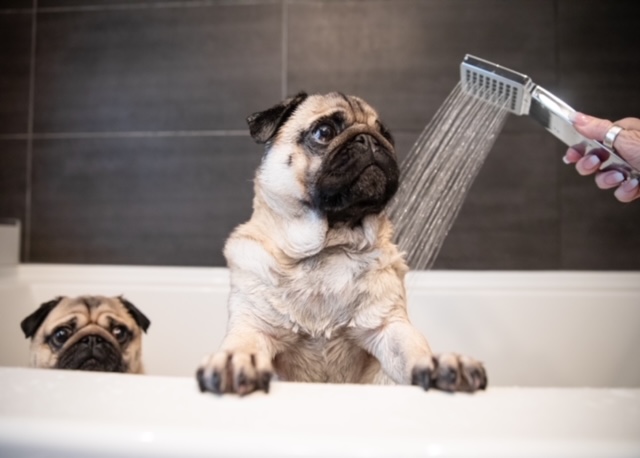
Bathing is relaxing, calming and therapeutic for your Pug
Phil & Allan
Knowing your pug’s coat and skin needs are half the battle in choosing a product from the many choices on the market. Try to use a natural product with herbal essences on the coat and skin with a moisturizer added to the shampoo such as aloe. If you are on-the-go, you can use a leave-in-conditioner but in the winter using a deep moisturizing conditioner due to the dry cold weather helps to moisturized the coat and skin. Following the products’ usage instructions, make sure the products if not leave-in, are fully rinsed.
Once you have washed your pug the ears need to be inspected. Use an ear cleaner that can be purchased from the veterinarian. These products are a daily cleanser without any medication added. Pour a small amount in both ears and gently massage the solution around in the ears. Try to do this while your pug is in the tub so when they shake they are still contained in the tub and the ears can then be wiped clean with a wet non-fragrance wipe. This is also an opportunity to then clean the facial folds especially the roll over the nose with a wet non-fragrance wipe and then dry the fold with a tissue. Bacteria love to grow in moist areas. Never leave your pug unattended in the tub when bathing!
Now that the bathing routine is done, we are ready to dry off! Using a towel to absorb the water on the coat and if you have a cool air dryer, dry the coat of most of the water left from the bath. Make sure to thoroughly dry the coat in colder seasons so as not to give your pug a chill from the cold weather.
Happy Birthday…. Cake and cookies for Pugs!
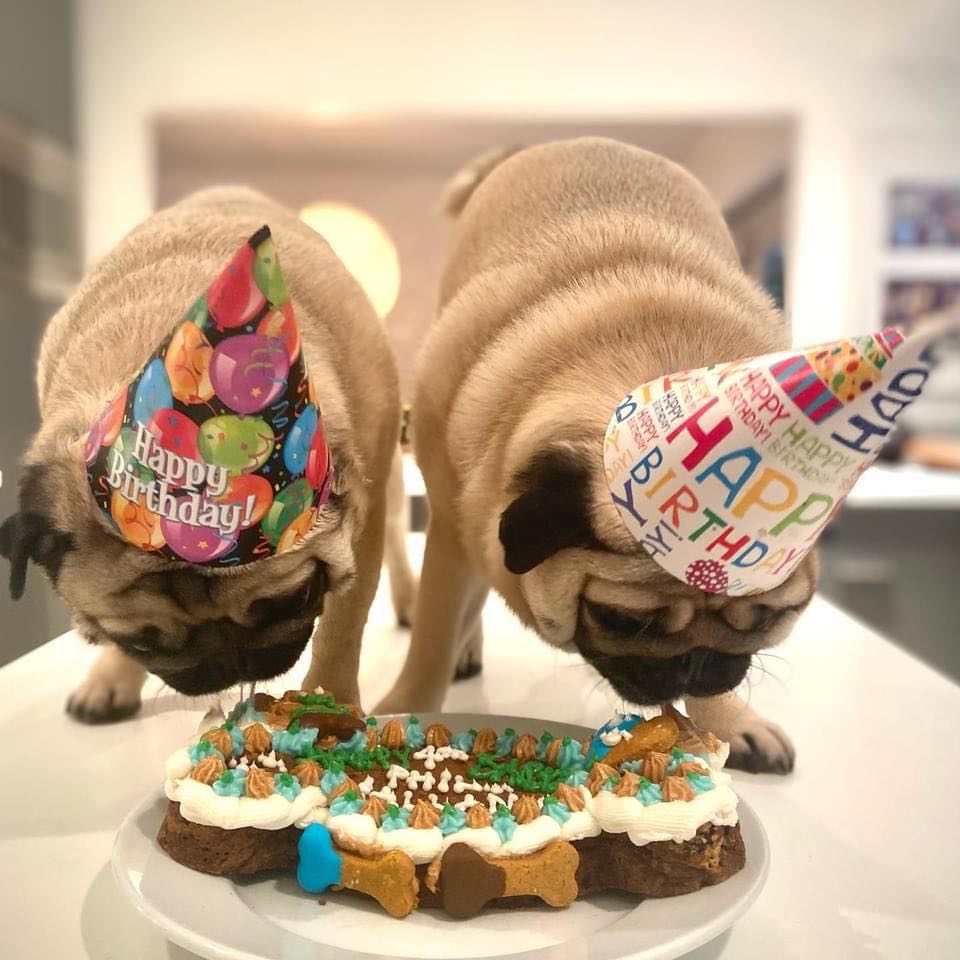
- 1 egg
- ¼ cup peanut butter
- ¼ cup cooking oil
- 1 teaspoon vanilla extract
- ⅓ cup honey (Optional)
- 1 cup shredded carrots
- 1 cup whole wheat or white flour
- 1 teaspoon baking soda
Phil & Allan’s 4th Birthday
Directions
- Step 1 Preheat oven to 350 degrees F (175 degrees C). Grease a 6 cup ring mold.
- Step 2 Combine the egg, peanut butter, oil, vanilla, and honey, if desired, in a large bowl; blend well. Stir in the carrots and mix thoroughly. Sift together the flour and baking soda and fold into the carrot mixture. Spoon cake batter into prepared pan.
- Step 3 Bake in preheated oven for 40 minutes. Let cake cool in pan for 10 minutes; then turn out onto a wire rack to cool completely.
Homemade Bacon Cheddar Dog Treats
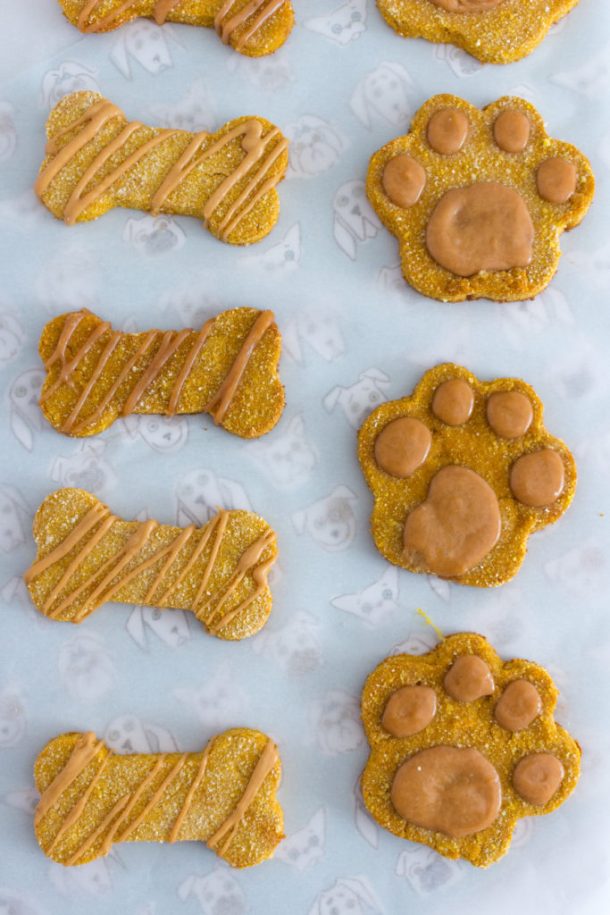
- 4 strips Bacon, cooked crispy
- 1/2 cup Shredded Cheddar Cheese
- 1 1/2 cup Milled Oatmeal
- 2 large Eggs
- Additional Milled Oatmeal
Instructions
- Preheat oven to 350.
- Combine bacon, cheese, and oatmeal in mixing bowl. Allow mixer to break bacon and cheese up into little bits.
- Add eggs to the dry mixture to form a thick sticky dough.
- Dust surface of counter with additional milled oatmeal, to prevent sticking.
- Roll dough out to approximately 1/4 of an inch. Use cookie cutters to cut out desired shapes.
- Bake treats on a parchment paper lined baking tray for approximately 20 minutes (slightly longer if treats are larger). Treats will be a pale-ish brown when they’re ready.
- Allow to cool completely before feeding to your pet.
Intervertebral Disc Disease – Click for more information
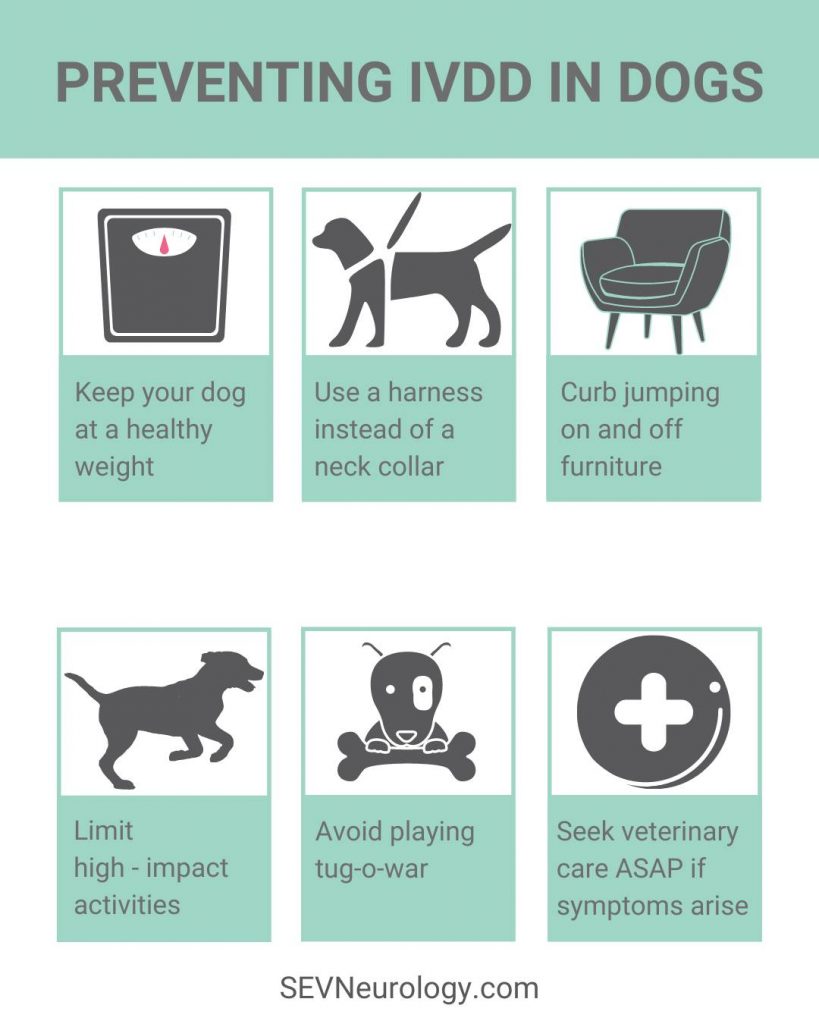
CBD Oil
It is the hottest new homeopathic treatment for dogs, but with any new product there are pros and cons. Research and discuss with your veterinarian either conventional or homeopathic for the best way to use CBD Oil for your Pug. Being informed is being forewarned! Using any and all supplements… moderation is the key and following the product guidelines are very crucial.
PetMed – CBD for Dogs : Everything You Need to Know potential side effects of CBD oil in dogs and cats
Taping a Pug’s Ears
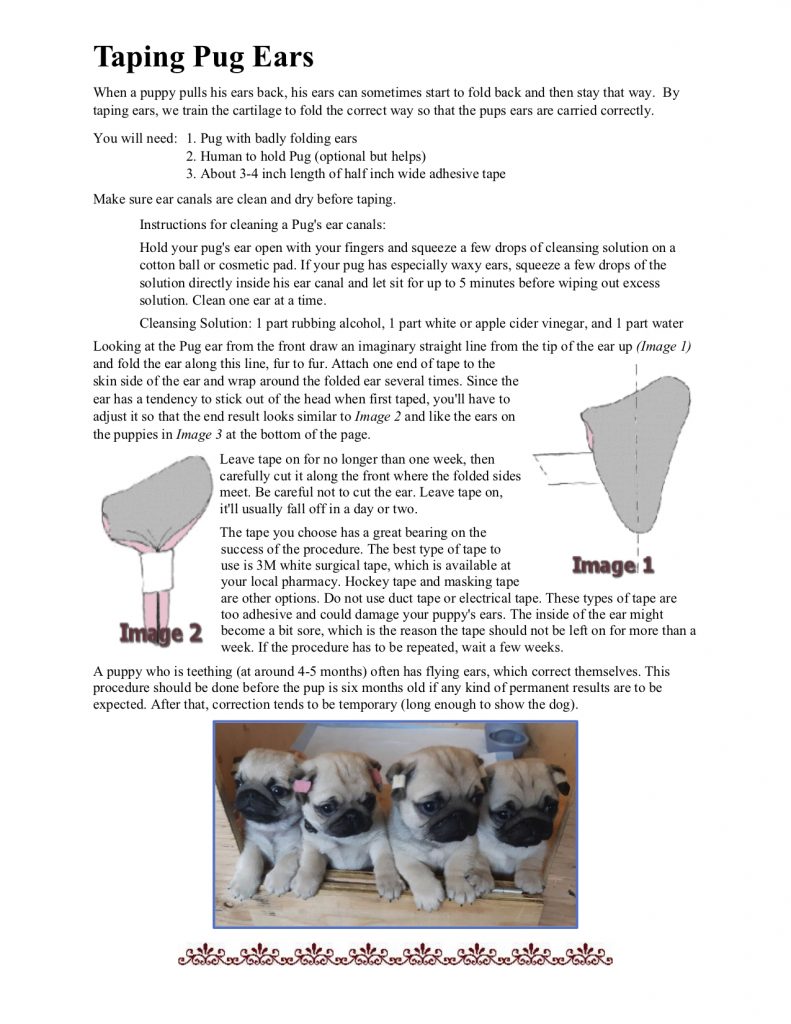
Leash Training
You can start leash training indoors “as young as 8 weeks of age.” Because puppies don’t have their full vaccinations at this point, it is unsafe for them to be walking around where other dogs walk.
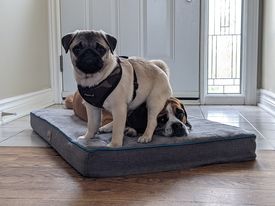
Start by letting them wear the collar/harness for short amounts of time while providing treats. Increase this duration slowly. Once your puppy knows how to come to you, you can let them walk around inside on the leash with no distractions. You can move the training outside once your puppy has all of their vaccinations. – PetMD
